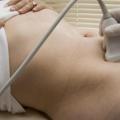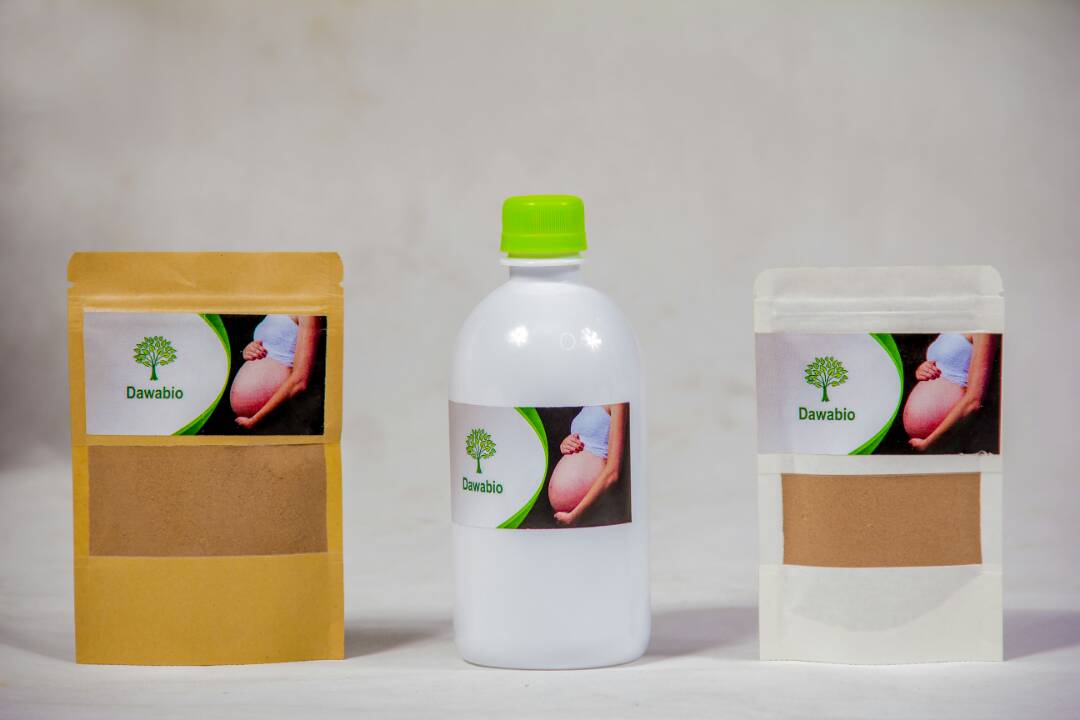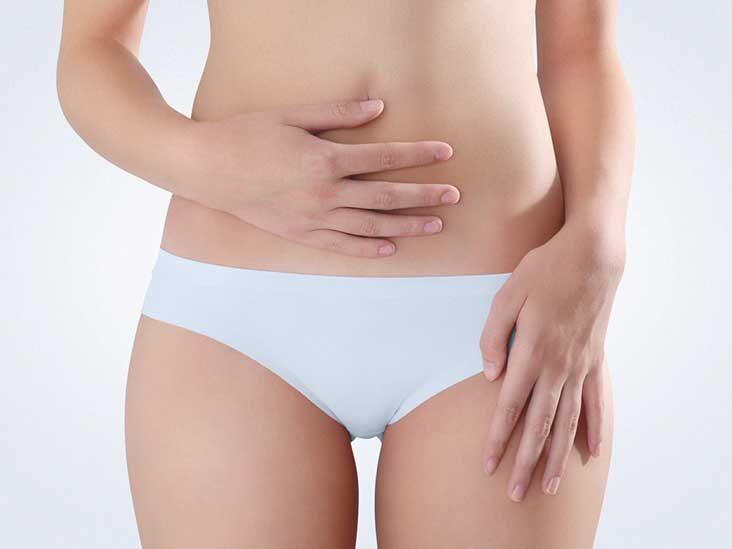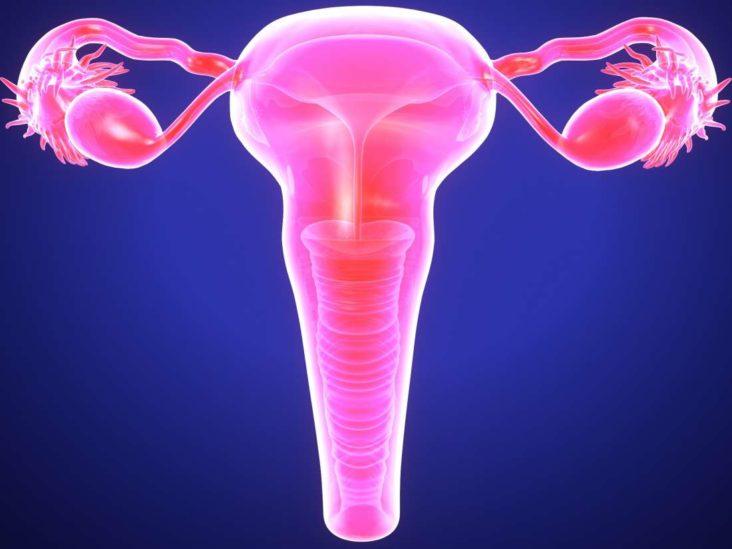NABOTH'S CYSTS FOR INFERTILITY
The Naboth cysts are tiny cysts that form on the surface of your cervix. Your cervix connects your vagina to your uterus. It is sometimes called the cervical canal. Naboth's cysts are filled with mucus which is secreted by the cervical glands. Sometimes the small bumps are called cervical cysts, mucinous retention cysts, or epithelial cysts. Naboth's cysts are quite common. They do not pose a threat to your health and are not a sign of cervical cancer.
If you are looking for a natural treatment to fight Naboth cysts, the experts at Dawasanté have the solution for you. Click on the image below to discover this natural treatment.
We deliver all over the world.
For more information, you can contact our experts on +229 51374202 direct line or by WhatsApp at the same number.
NATURAL TREATMENT
The natural treatment that we offer to cure Naboth cysts is essentially made from natural herbal teas. Herbal tea is made up of plants whose active ingredients are able to suppress the symptoms that you feel and allow you to have a total recovery. This is the solution to find a normal life.
To discover our natural remedy to cure Naboth cysts, click here
The causes
The cervix is the tissue that connects the uterus to the vagina. The cervix has two distinct parts lined up in two different types of cells:
- Glandular cells, which line the area of the cervix closest to the uterus
- · Squamous cells, which line the part of the cervix closest to the vagina
Glandular and squamous cells meet to form an area called the transformation zone. This area undergoes many changes over the course of a woman's life, especially during pregnancy and childbirth.
Cells in the transformation zone are constantly changing, making this zone very susceptible to abnormal cell growth.
A number of conditions can cause a lump on the cervix and are described in the following sections.
Cervical polyps
A cervical polyp is a bulb-shaped, non-cancerous growth that develops on the cervix. The appearance, size and color of polyps can vary widely. It is not known why cervical polyps develop, but some of the possible causes of these polyps can include:
- High estrogen levels
- Inflammation of the cervix
- Blocked blood vessels
In most cases, cervical polyps are benign, with only 1 in 1,000 being cancerous. The doctor can remove the cervical polyps in a simple procedure.
Pregnant women can develop small white bumps called Naboth's cysts. They can form when excess skin cells block the mucous glands lining the cervix. Women may not know they have a Nabothian cyst until their doctor finds one during a routine pregnancy check-up. Although Naboth's cysts usually don't cause symptoms, they can rupture and release a foul-smelling discharge or blood.
Cervical fibroids
Fibroids, or myomas, are non-cancerous tumors that usually grow in muscle tissue in the uterus. Although rare, fibroids can also grow in the cervix.
Fibroids can vary in size and some can grow large enough to cause weight gain and swelling of the lower abdomen. Fibroids are almost always benign. Cancerous fibroids are rare and occur in less than 1 in 1,000 cases.
Cervical cancer
A lump on the cervix may indicate cervical cancer. Early Stage Cervical Cancer May Not Cause Symptoms Reliable Source. Cervical cancer can affect one or both types of cells that line the cervix.
Symptoms
Naboth cysts can cause a variety of symptoms if any. They can cause the following symptoms:
- Heavy or painful periods
- Bleeding between periods
- Foul-smelling vaginal discharge
- Pressure or swelling of the lower abdomen
- Frequent need to urinate
- Pain in the lower back, pelvis or legs
- Pain during intercourse
To diagnose the underlying cause of a lump on the cervix, the doctor will collect the following information:
- Family history
- · medical background
- Current drugs
They may also perform a physical exam and other diagnostic tests:
· Ultrasound tests use sound waves to create images of structures inside the abdomen and pelvis.
· MRI scans use a strong magnetic field and radio waves to create detailed images of the tissues inside the body.
· Hysteroscopy can help diagnose conditions affecting the uterus. During the procedure, a healthcare professional will guide a thin tubular device called a hysteroscope through the vagina and uterus. The hysteroscope captures images inside the uterus and transmits them to a computer.
· Laparoscopy uses a camera attached to the end of a thin tube to examine female reproductive organs.
· Biopsies are small samples of tissue from the lining of the cervix. After removal, the doctor will send the sample to a laboratory for analysis. Biopsies can detect the presence of precancerous or cancerous cells.
Complications
Usually, fibroids do not cause serious complications. However, untreated fibroids can increase the risk of infertility and cause problems during pregnancy, such as:
- Placental ablation
- · premature delivery
- · miscarriage
Having fibroids does not increase the risk of developing cancerous fibroids. Naboth's cysts rarely cause serious complications and often go away without treatment.
However, large Naboth cysts can distort the shape of the cervix. These cysts may require excision or surgical removal.
Medical treatments
Benign growths, such as cervical polyps and Naboth's cysts, often do not require treatment.
However, even benign growths can cause problems. Cysts and polyps can grow large enough to distort the shape of the cervix and may require surgical removal or drainage.
Treatment options for bumps on the cervix may include:
Surgery
Here are examples of surgical treatments for bumps on the cervix:
· Polypectomy: this method is to remove a polyp of the cervix with forceps or a string. This procedure usually takes place in an outpatient clinic.
· Electro-coagulation ablation: This method uses the heat of an electric current to remove a cervical cyst.
· Myomectomy: During this procedure, a surgeon will remove the fibroids through a small incision in the lower abdomen.
Medication
Gonadotropin-releasing drugs (GnRH) agonists and antagonists can treat symptomatic cervical fibroids.
GnRH drugs cause the body to make less estrogen and progesterone, which effectively reduces the size of fibroids without harming fertility.
Taking over-the-counter pain relievers, such as ibuprofen and acetaminophen, may help reduce cramps and lower back pain associated with the cervical lump.
Risk factors
It is not known exactly what causes the bumps on the cervix. However, there are certain factors that can increase the risk of developing a lump on the cervix.
Risk factors for cervical lumps include:
- Taking birth control pills containing estrogen
- Having a family history of fibroids, polyps, cysts or cervical cancer
- Inflammation of the cervix due to infections such as HPV, herpes, or yeast infections
- Be overweight or obese
- Having a weakened immune system
Prevention
Maintaining a healthy weight and controlling hormone levels can help reduce the risk of developing a lump on the cervix.
However, leading a healthy lifestyle does not guarantee complete protection against conditions that can cause a lump on the cervix. Participating in routine pelvic exams and Pap smears can help detect cervical abnormalities at an early stage.
The widespread use of regular Pap smears over the past decades has resulted in a significant reduction in the rates of cervical cancer deaths and diagnoses.
We deliver all over the world.
For more information, you can contact our experts on +229 51374202 direct line or by WhatsApp at the same number.






